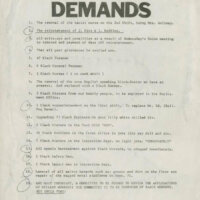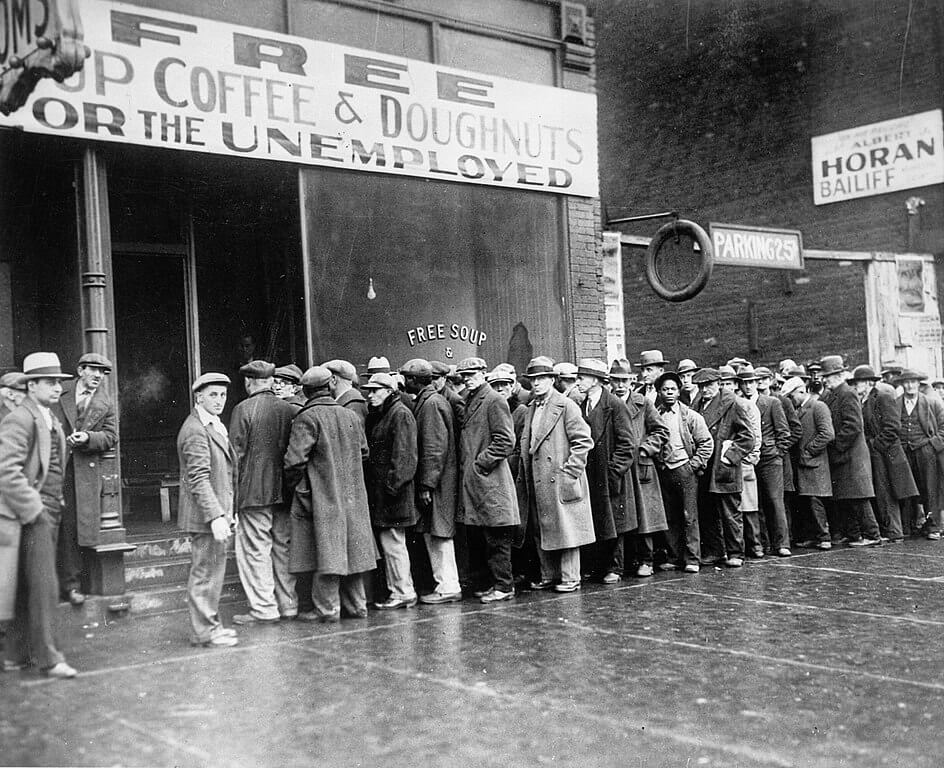Labor History for the Classroom and the Public
LAWCHA is committed to teaching labor history in the classroom, from K-12 to colleges and universities. We list below some of the resources created to help facilitate teaching labor history and understanding the relationship between teachers and labor history. We invite you to explore these resources and contribute to them.
To contribute, please contact the Teaching Resources Committee, Nikki Mandell (chair): mandelln@uww.edu.
Teaching Labor’s Story
A LAWCHA initiative to develop classroom and public knowledge of labor history. Teaching Labor’s Story publishes primary sources with supporting teaching guides (textual, visual, audio). Resources in the Teaching Labor’s Story repository are designed to be readily incorporated into existing curriculum and thus allow experts and non-experts alike to re-infuse labor’s story into the historical narrative. Each primary source is linked to one of ten commonly taught eras in American/United States history. TLS sources are selected to reveal significant perspectives on essential historical questions, and each source is accompanied by a guide that includes an informative contextualizing essay, glossary, discussion questions, curricular connections, and additional sources.
- Call for Contributions: Those eligible to contribute include LAWCHA members; faculty, independent scholars, teachers and graduate students recommended by a LAWCHA member; and undergraduate students under the mentorship of a LAWCHA member. TLS entries are peer-reviewed. Teaching Labor’s Story Editorial Committee uses scholarly, double-blind peer reviews to assess submissions and inform publication decisions. Scholars with expertise in the area of the submitted work serve as peer reviewers. The identity of the author and peer reviewers are concealed from each other throughout the review process.
- Teaching Labor’s Story Repository: Sources and Guides
Additional Resources for Teaching and Studying Labor History
- Rosemary Feurer’s Labor History Links The most comprehensive bibliography of information, documents and links of U.S. labor history sites on the internet, developed by labor historian Rosemary Feurer for the Labor and Working Class History Association. Her site includes:
- Labor by the Numbers: Quantitative Trends and Information
- American Labor Studies Center
Overviews and Contextualizing Essays
LAWCHA sponsored a Teachers/Public sector history committee that has produced an overview of teacher organizing and a bibliography of resources to understand that effort in historical context.- A Century of Teacher Organizing: What Can We Learn?, by Adam MertzThe history of teacher unionism is rich and vibrant, filled with numerous triumphs, tensions, and setbacks. For over a century, most education employees have been part of a public sector workforce that has been constrained by legal frameworks that assume that they are not entitled to the same rights as private sector workers. Because they comprise the largest segment of public sector labor, the story of why and how teachers sought to organize helps us understand many current debates surrounding education policies and the labor movement.
- Workers, the World of Work & Labor Law: A Basic Bibliography, by Patrick S. O’Donnell,This bibliography contains a number of titles dealing with ”workers,” the “world of work” generally, and “labor law” in particular, so as to account for some of the more compelling reasons we should assiduously attend to the complex economic and moral questions (the former often including some of the latter) regarding the labor, working conditions, and leisure time of working people.
Teaching Blog
New Teaching Labor’s Story: Detroit Revolutionary Union Movement, 1969
- November 27, 2023
New Teaching Labor’s Story Unit: The Soup Song from the 1930s
- August 17, 2022
2 New Teaching Labor’s Story Units: Women’s Rights are Labor Rights
- February 23, 2022
Four New Teaching Labor’s Stories! Check them out —
- February 19, 2021
Lecturers on Strike
- February 26, 2018



